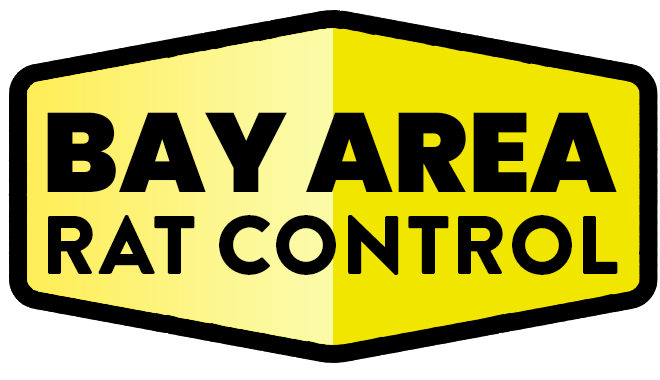Opening Thoughts
Rat control products, including traps, baits, and repellents, are effective tools for managing infestations, but they can pose risks if not used properly. Whether you’re handling chemical baits or setting up traps, understanding the necessary safety measures is crucial to protect your family, pets, and the environment. This guide outlines practical tips and best practices for safely using rat control products.
Why Safety Is Important
1. Protecting People and Pets
- Many rat control products contain toxic substances or sharp mechanisms that can cause harm.
- Proper handling and placement ensure that only rats are affected.
2. Preventing Environmental Damage
- Misusing chemical products can lead to soil or water contamination, harming wildlife and ecosystems.
3. Maximizing Effectiveness
- Following safety guidelines ensures the products work as intended, reducing the chances of reinfestation.
Safety Tips for Using Rat Traps
1. Choose the Right Type of Trap
- Snap Traps: Effective but require careful placement to avoid accidental injuries.
- Glue Traps: Safer for pets but can cause prolonged suffering for rats.
- Electronic Traps: Provide a humane option but require safe handling to avoid electrical hazards.
2. Proper Placement
- Set traps along walls, behind appliances, or in areas where rat activity is evident.
- Avoid placing traps in areas accessible to children or pets.
3. Handle with Care
- Always wear gloves when setting or handling traps to prevent the transfer of human scent.
- Check traps regularly to remove and dispose of dead rats promptly.
Safety Tips for Using Rat Baits
1. Use Tamper-Proof Bait Stations
- Place poison baits inside tamper-resistant stations to prevent accidental ingestion by children or pets.
- Ensure bait stations are securely closed and positioned out of reach.
2. Follow Label Instructions
- Read and adhere to the manufacturer’s guidelines for application and dosage.
- Avoid overusing baits, as this can increase the risk of secondary poisoning for wildlife.
3. Store Baits Safely
- Keep all bait products in their original packaging and store them in a secure, dry location.
- Ensure the storage area is inaccessible to unauthorized individuals, pets, and wildlife.
Safety Tips for Using Rat Repellents
1. Non-Toxic Repellents
- Natural repellents, such as essential oils or capsaicin sprays, are safer for families and pets.
- Test a small area before widespread application to ensure no adverse reactions.
2. Ultrasonic Repellents
- Place ultrasonic devices in areas free from obstructions, such as furniture or walls, to maximize coverage.
- Avoid using these devices near small pets like hamsters or guinea pigs, as the sound waves may affect them.
3. Chemical Repellents
- Apply sprays or granules in well-ventilated areas to avoid inhaling fumes.
- Avoid using chemical repellents near water sources to prevent contamination.
General Safety Guidelines
1. Wear Protective Gear
- Gloves, masks, and goggles protect you from direct contact with toxins, allergens, or pathogens.
- Use disposable gloves for single-use traps or baits and wash hands thoroughly after handling.
2. Keep Products Out of Reach
- Ensure all rat control products are inaccessible to children and pets, even when not in use.
3. Dispose of Products Properly
- Place used traps, dead rats, and leftover baits in sealed plastic bags before disposing of them in outdoor trash bins.
- Follow local regulations for disposing of chemical products to avoid environmental harm.
Recognizing and Responding to Accidents
1. For Poisoning
- In Pets or Children:
- If ingestion occurs, contact poison control or a veterinarian immediately.
- Provide them with the product label or ingredient list for faster treatment.
- In Wildlife:
- Notify local animal control or wildlife rehabilitation centers if secondary poisoning is suspected.
2. For Injuries
- From Traps:
- Clean cuts or punctures thoroughly with soap and water and apply an antiseptic.
- Seek medical attention for deep wounds or signs of infection.
3. For Chemical Exposure
- Rinse skin or eyes with water for at least 15 minutes if direct contact occurs.
- Move to fresh air immediately if fumes cause dizziness or difficulty breathing.
When to Seek Professional Help
- If the infestation is severe or persistent despite your efforts.
- For safe and effective placement of traps, baits, or repellents in sensitive areas.
- To address structural vulnerabilities that require professional sealing or repair.
Final Thoughts
Using rat control products safely requires careful planning, proper handling, and adherence to guidelines. By taking these precautions, you can protect your household, pets, and the environment while effectively managing infestations. When in doubt, consult a professional pest control service for expert assistance.
Relevant Links/Sources:
Safe Pest Control Practices – EPA
Using Rat Control Products Safely – CDC
Child and Pet Safety Tips for Pest Control – PestWorld
